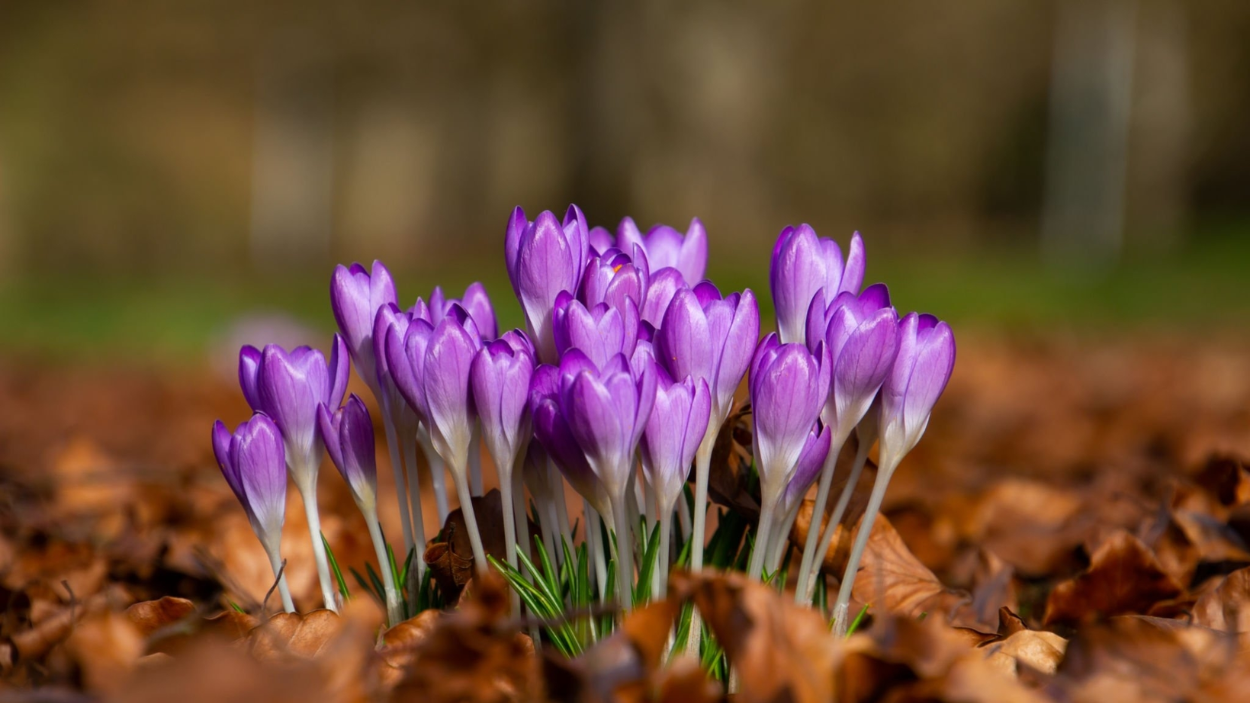The popular herb tarragon is prized for its distinctive anise-like flavor. In many savory dishes, it makes a wonderful complement and is frequently used in French cuisine. It's simple and gratifying to grow tarragon in your garden. You may learn everything you need to know about growing tarragon in this post.
Can tarragon be grown indoors?
Yes, tarragon may be grown inside a container, but it's ideal to pick a bright spot close to a window and make sure the plant gets at least six hours of direct sunlight every day.
Can tarragon be propagated by division?
Yes, tarragon can be multiplied by splitting a mature plant. Early in the spring, before the plant begins to sprout new growth, dig it up and carefully cut it into smaller pieces. In soil that drains well, replant the parts.
How to grow tarragon?
Pick the proper location
In full sun and soil that drains properly, tarragon grows well. In your garden, pick a spot that gets at least six hours of direct sunlight every day. The pH of the soil should range from 6.0 to 7.5, and it should be loose and well-draining.
Planting tarragon
Tarragon can be cultivated from seeds or cuttings when it comes to planting. If you're starting from scratch, plant seeds in the soil at a depth of approximately 14 inches in the spring or fall. If you're starting from cuttings, take a 4-6 inch stem cutting from an established tarragon plant, trim off the bottom 2 inches of the stem's leaves, and plant the cutting in soil that drains well.
Watering and fertilizing
Avoid overwatering because tarragon loves to be kept on the dry side. Once a week, or whenever the soil feels dry to the touch, give the plant a thorough watering. Throughout the growing season, fertilize the plant every two to three weeks using a balanced fertilizer.
Pruning and harvesting
Regular pruning will promote bushier growth and keep the tarragon plant from being too lanky. Throughout the growing season, take as many leaves as you need, but make sure to leave at least two-thirds of the plant whole to guarantee continuous growth. If at all possible, gather tarragon before it flowers because that is when it tastes the best.
Overwintering
Although tarragon is a perennial plant, it might not flourish in more extreme temperatures. It is better to plant tarragon in a pot and keep it indoors over the winter in colder climates. Before bringing the plant indoors, trim it back to about 4 inches and let it a few weeks in a cool, dark environment. In the winter, give it little water.
The uses of tarragon
Culinary uses
Popular in French cooking, tarragon is frequently used in marinades, salads, and sauces. With chicken, fish, and veggies, it tastes distinctively anise-like. Additionally, mustard, oils, and vinegar can all be flavored with tarragon.
Medicinal uses
For many different illnesses, tarragon has been utilized as a natural treatment for generations. It is said to have antioxidant and anti-inflammatory effects, which may aid with digestion and lessen menstrual cramps.
Aromatherapy
In aromatherapy, tarragon essential oil is used to encourage calm and lessen stress. Direct inhalation or usage in a diffuser are both options.
Herbal tea
The popular herbal drink tarragon tea is thought to provide a lot of health advantages. It is frequently employed to calm stomach problems, reduce tension, and encourage relaxation.
Insect repellent
To ward off pests like flies and mosquitoes, use tarragon, a natural insect repellent. Simply massage some crushed tarragon leaves on your skin.
Final Thought
One excellent approach to enhance your cuisine with a fresh, tasty herb is to grow tarragon in your yard. You may reap a plentiful harvest of this delectable herb by picking the ideal place, planting it correctly, and taking good care of your tarragon plant. You'll soon be growing Tarragon like a pro with the help of these suggestions!




